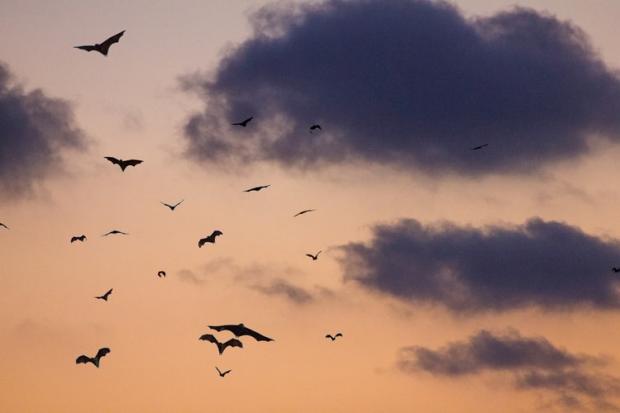PODCAST: COVID-19 and Our Relationship With Wildlife

Abstract
Covid-19 seemingly appeared out of nowhere, but the truth is that it was likely transmitted to humans by animals that had the disease. Many animals infect others of their species with diseases and animal habitats are constantly being invaded by humans. Exposure to these animals can lead to diseases jumping and spreading to people. We need to take action to prevent this from happening again.
PODCAST: COVID-19 and Our Relationship with Wildlife
Are you stuck at home resenting COVID-19? While many feel this pandemic is an inconvenience, studies show it was likely our own fault[1–4]!
As we invade wildlife’s territory, we increase the odds of wild animals giving us diseases[1–4]. Research supports the idea that animals that coexist with, that are hunted by, and that are domesticated by humans tend to share more infectious diseases with us[1]. Close contact with animals gives disease the opportunity to spread[1–4]. It turns out human interaction with wildlife likely mattered in the spread of COVID-19[1–4]. We likely forced the animal that gave us COVID-19 to interact with us against its will[1–4]. A bat or an intermediary host is thought to have passed the disease to humans[3]. Bats are used in traditional Chinese medicine, which exposes people to them[3].
Basically, humans are taking over and not giving wildlife enough space, which in turn endangers us[1–4]. We are probably responsible for this coronavirus pandemic, and it is our job to prevent something like this from happening in the future[1–4]. We need to make more land protected from human interference to do so[1–4]. We have the power in our hands to make the future better. Let’s use it.
Sources
Johnson CK, Hitchens PL, Pandit PS, Rushmore J, Evans TS, Young CCW, Doyle MM. Global shifts in mammalian population trends reveal key predictors of virus spillover risk. Proceedings of the Royal Society B: Biological Sciences. 2020;287(1924):20192736. doi:10.1098/rspb.2019.2736
Everard M, Johnston P, Santillo D, Staddon C. The role of ecosystems in mitigation and management of Covid-19 and other zoonoses. Environmental Science & Policy. 2020;111:7–17. doi:10.1016/j.envsci.2020.05.017
Wassenaar T m., Zou Y. 2019_nCoV/SARS‐CoV‐2: rapid classification of betacoronaviruses and identification of Traditional Chinese Medicine as potential origin of zoonotic coronaviruses. Letters in Applied Microbiology. 2020;70(5):342–348. doi:10.1111/lam.13285
McFarlane R, Sleigh A, McMichael T. Synanthropy of Wild Mammals as a Determinant of Emerging Infectious Diseases in the Asian-Australasian Region. EcoHealth. 2012;9(1):24–35. doi:10.1007/s10393-012-0763-9
